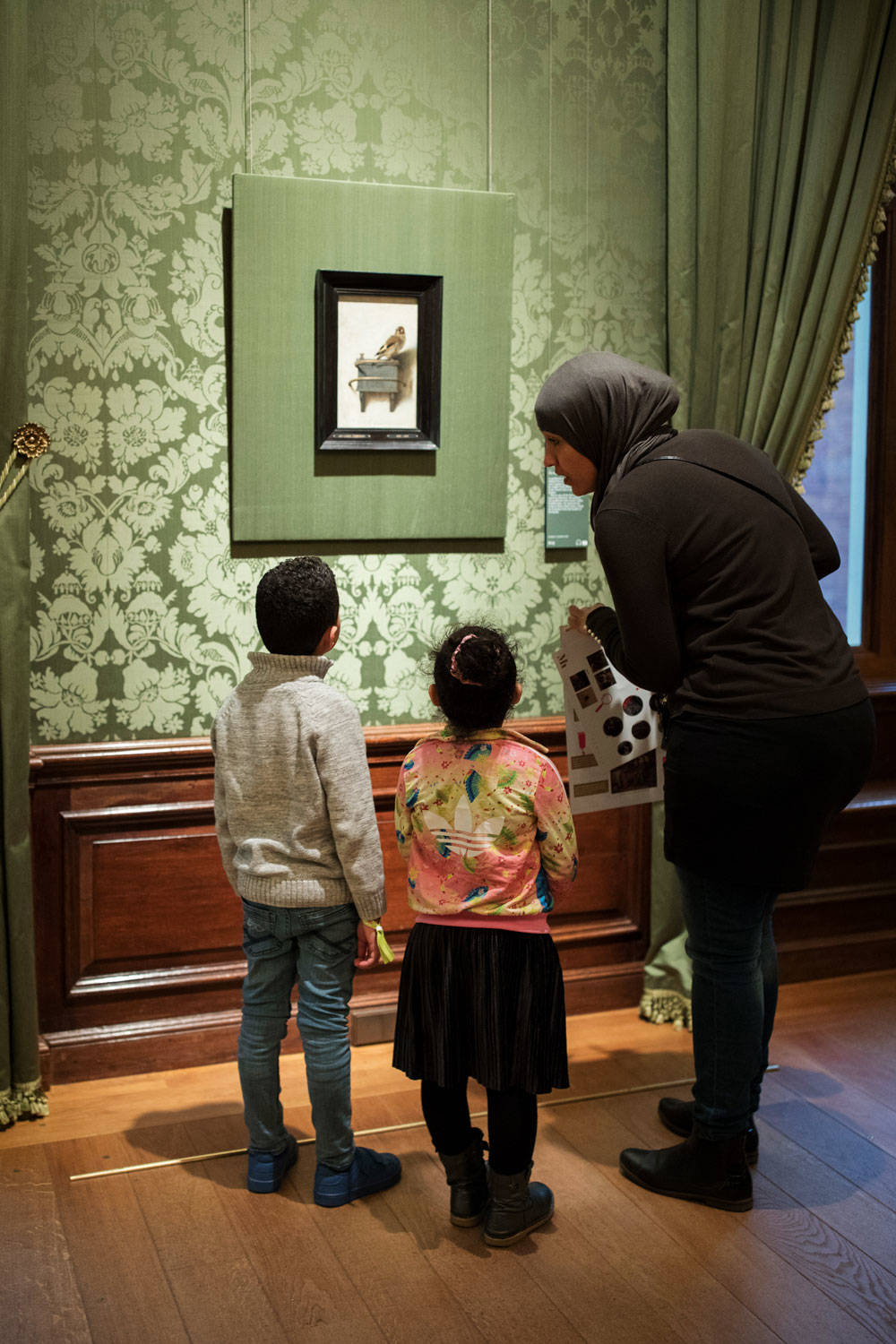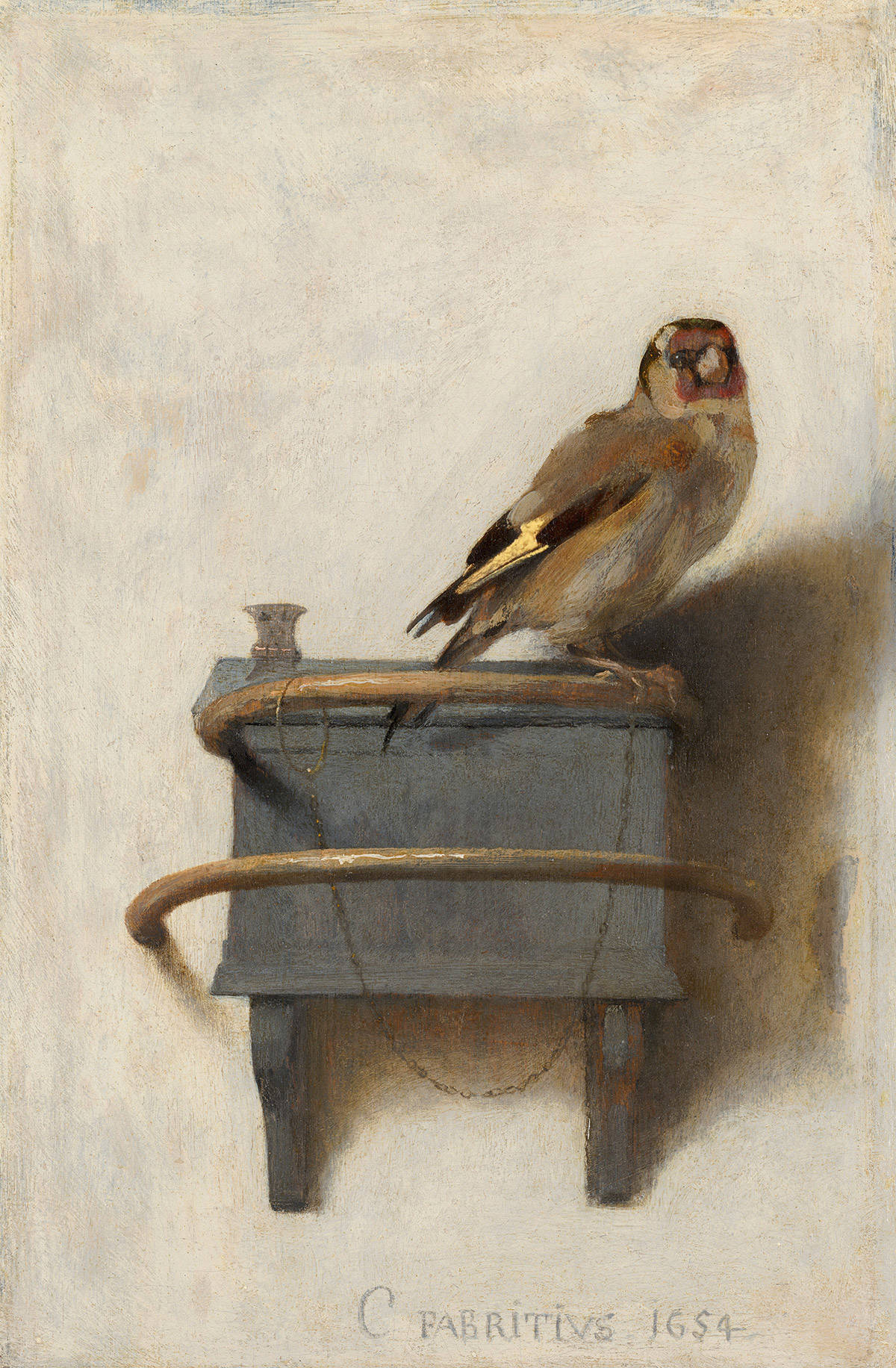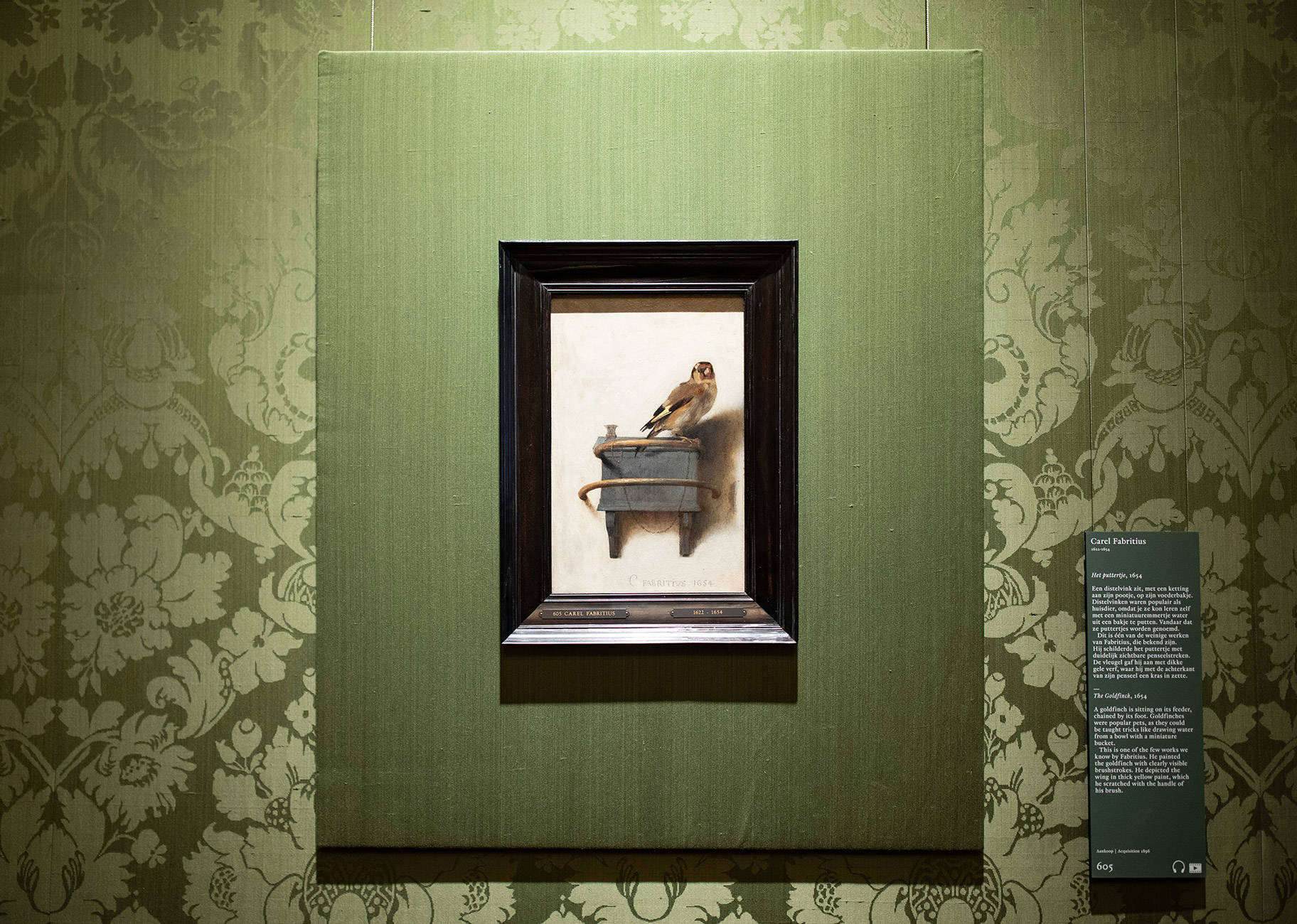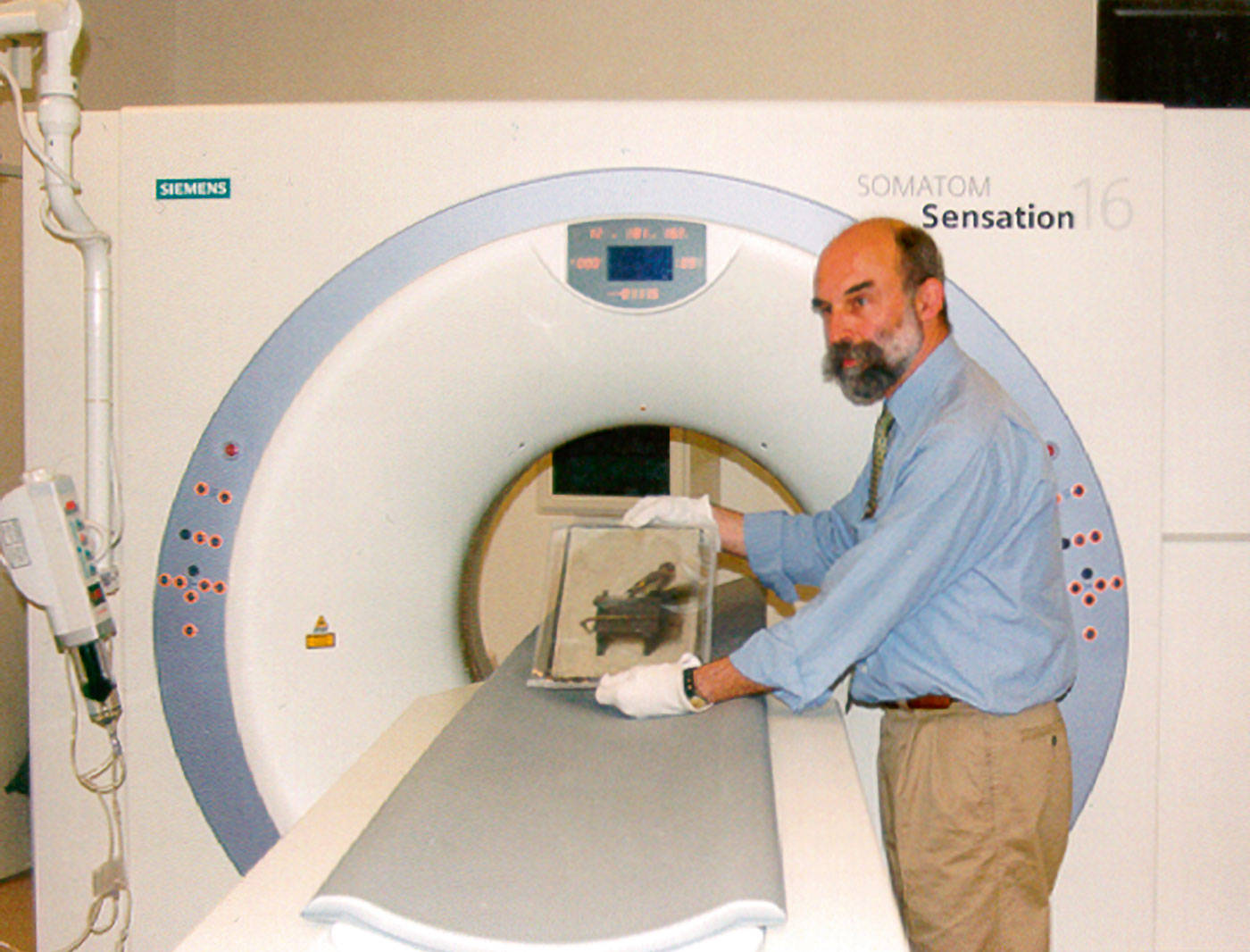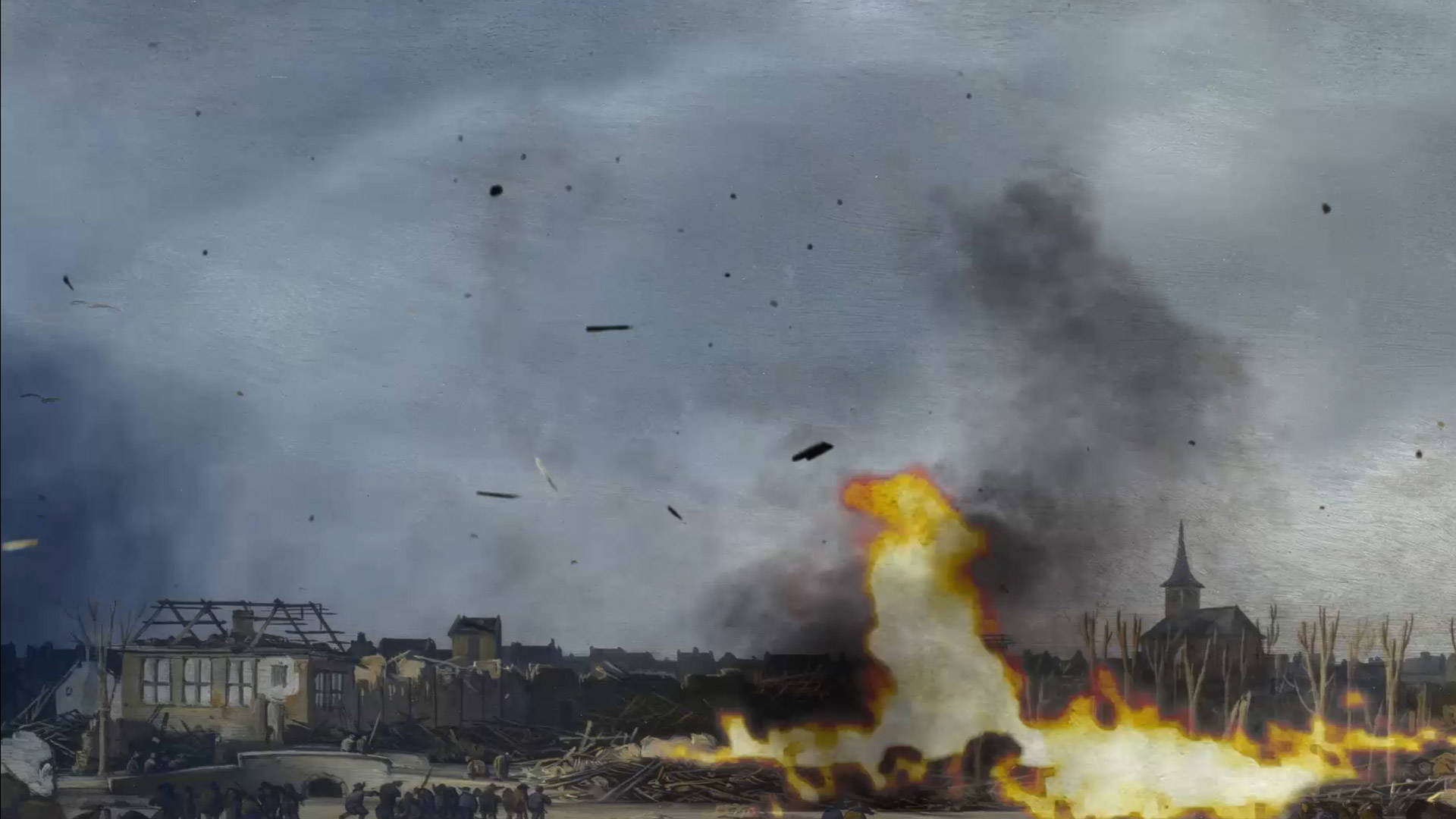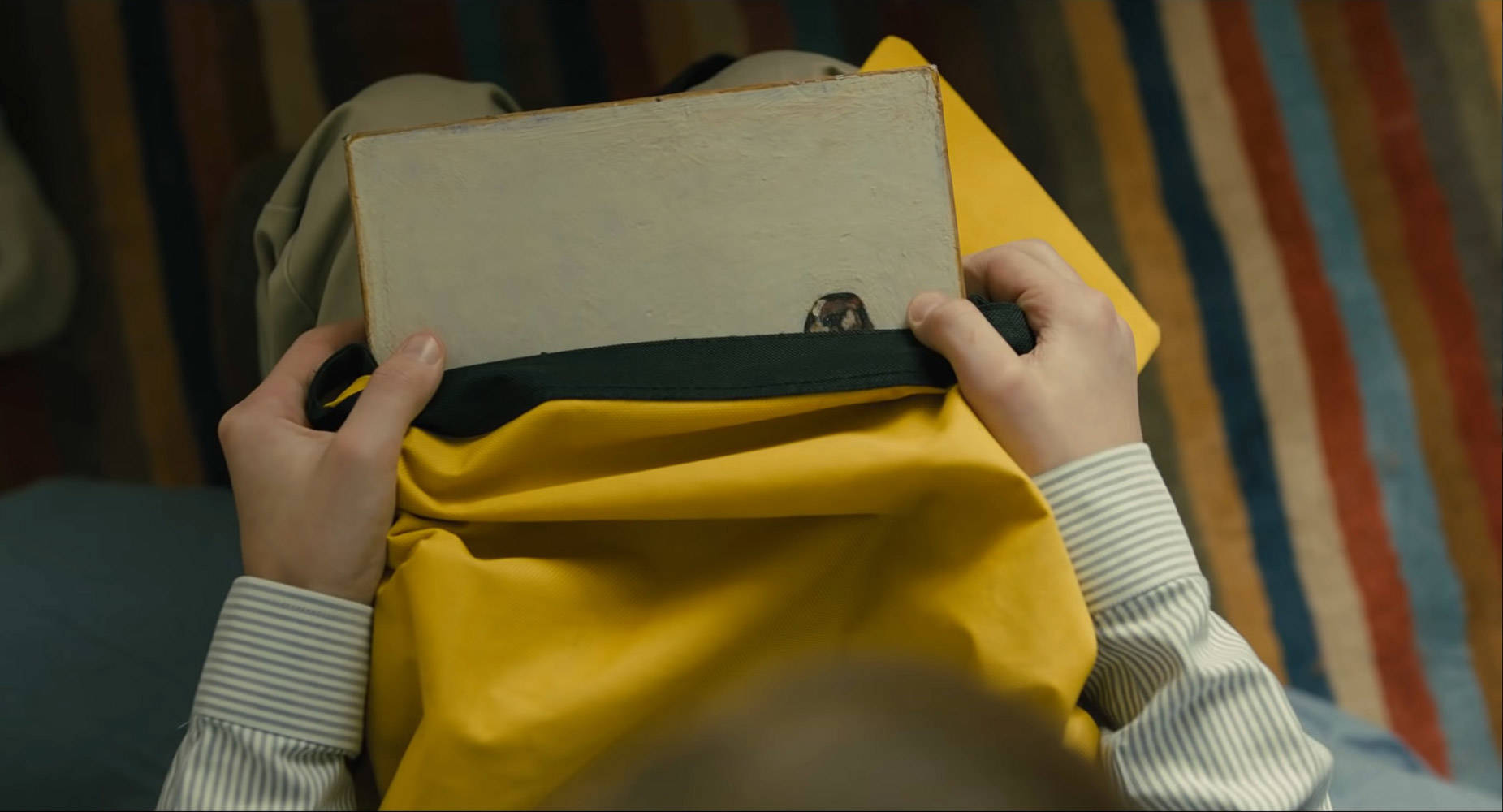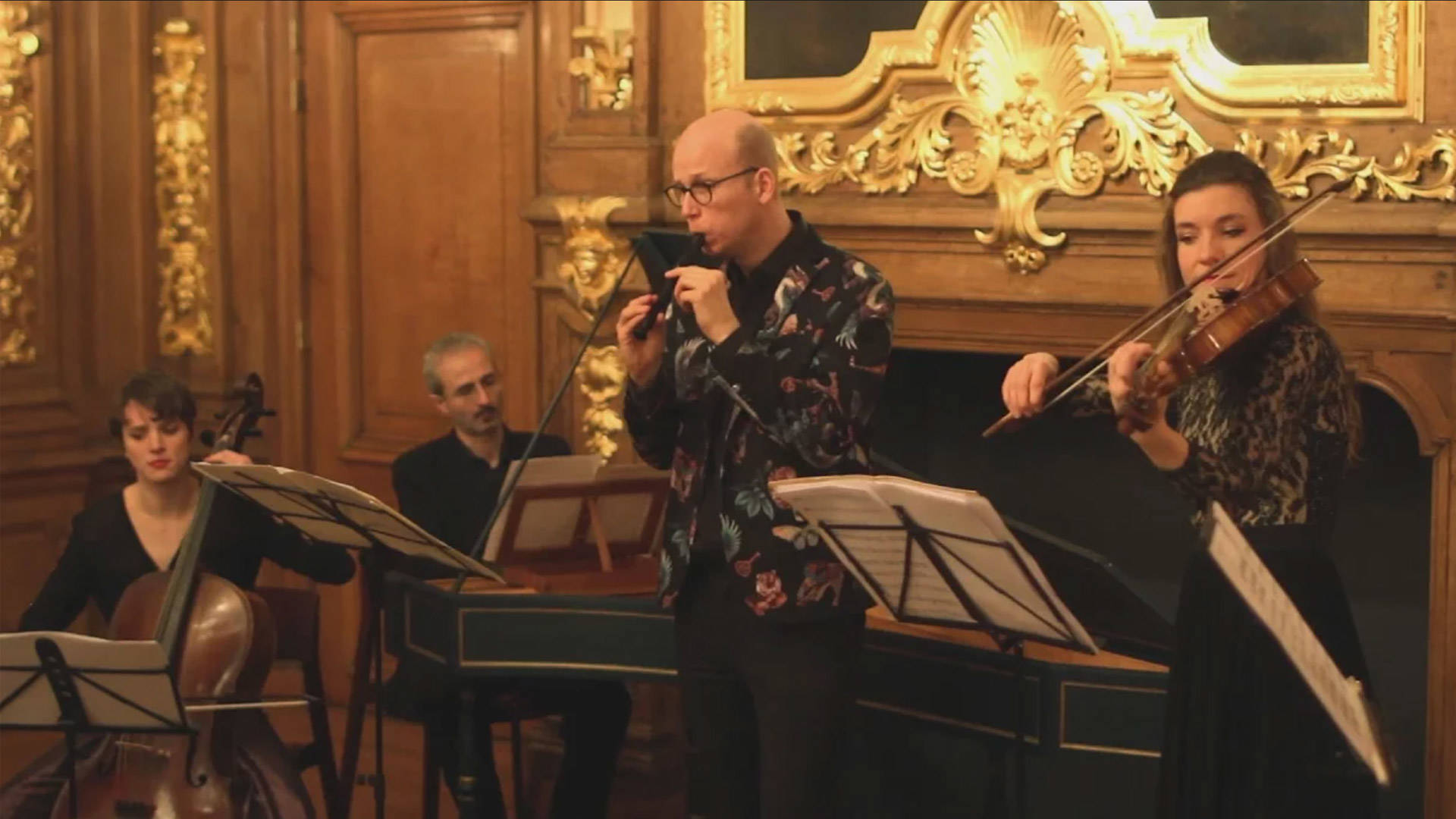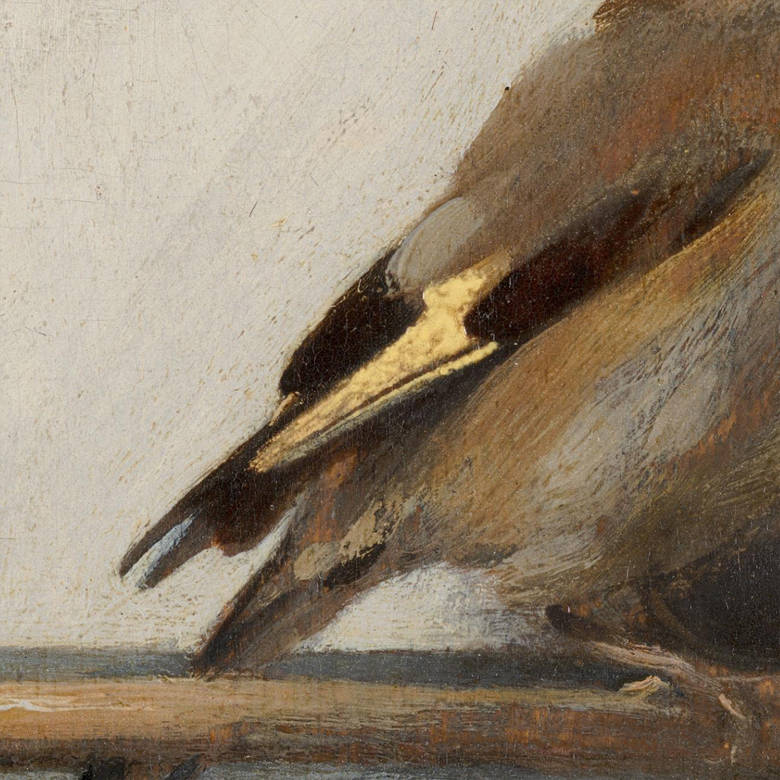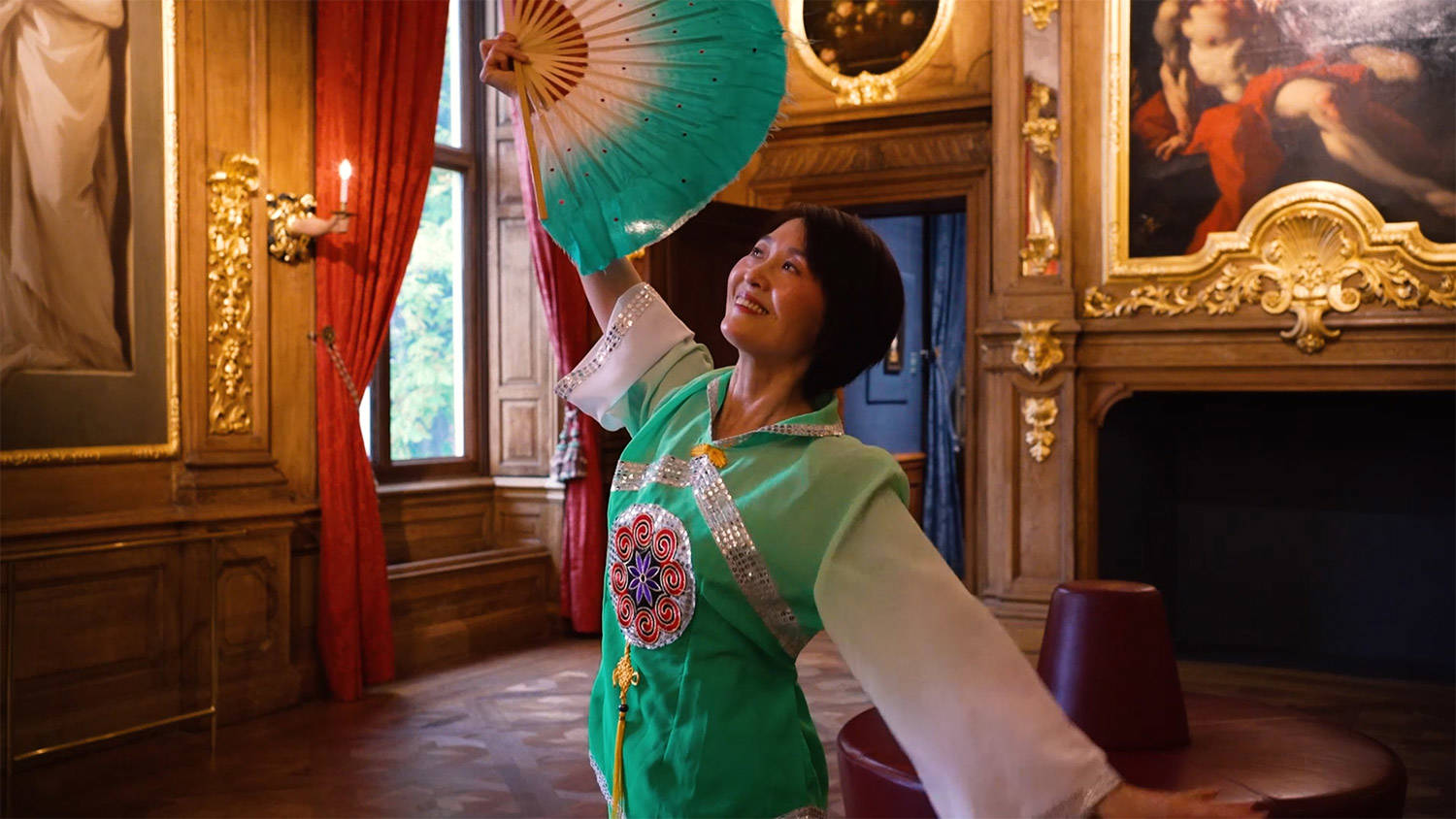Fairly common
The goldfinch is a familiar bird, with a yellow stripe on its black wing, and a red patch around the eyes and beak. Once you have seen a goldfinch in the open, you will probably spot one just as often as a coal tit or sparrow.
The goldfinch, or European goldfinch to give it its full name, is a songbird measuring around 12 centimetres. Varieties of goldfinch occur in Europe, North Africa and Southwest Asia, living near woodland and parks. So they are fairly commonplace.
All audio clips
-
Auke-Florian Hiemstra
Biologist, columnist, scientist

-
Blijdorp Zoo
Educational staff

